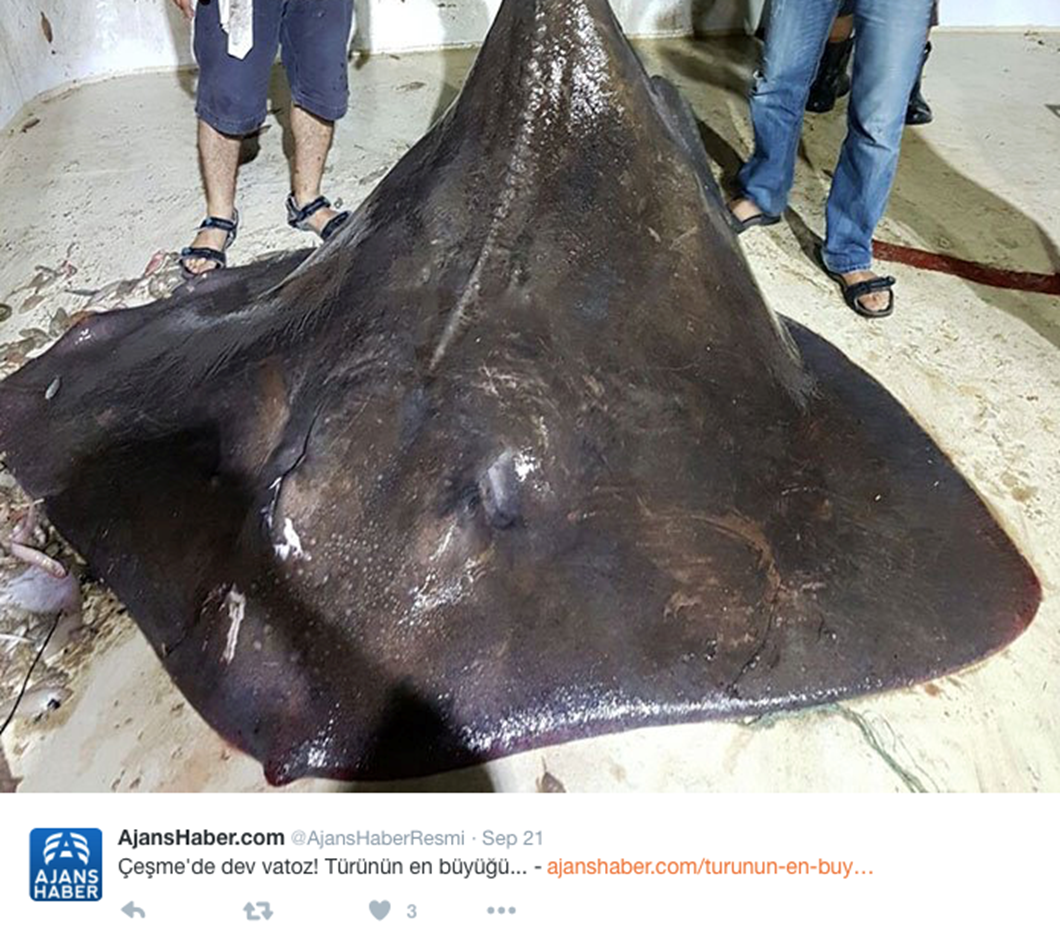The MITSUBISHI GT-PHEV Concept is a high-end next-generation crossover SUV that easily takes many road surface conditions in stride. Featuring Mitsubishi Motors Corporation (MMC)’s latest design language together with MMC’s advanced and proprietary electric and all-wheel control technologies, the MITSUBISHI GT-PHEV Concept empowers drivers to pilot their car with confidence under a wide range of driving conditions. It stirs the driver’s curiosity and sense of adventure as they seek to go further, as they seek to take a step beyond anything they have experienced before.
In its overall design, the MITSUBISHI GT-PHEV Concept projects the image of a “ground tourer” – a car made for cruising across a vast land – expressing Functional Beauty, Augmented Possibility, Sculptured Dynamism, Japanese Craftsmanship.
The front visage with its forceful presence employs MMC’s Dynamic Shield front design concept that portrays the front end’s function of protecting both people and the car. From the side, the MITSUBISHI GT-PHEV Concept uses horizontal lines to convey its high-end crossover SUV styling and vehicle stability. With a muscularity and intensity that gives the impression it has been carved from a single ingot of steel, the body is clothed in classy styling that flourishes sculptured dynamism highlighted by precise detailing.
Inside, the MITSUBISHI GT-PHEV Concept uses a horizontal dashboard that creates a spacious ambiance, making it easier for the driver to sense changes in vehicle attitude. Together with an instrument panel with a high center console, the cockpit-like interior wraps around its people, providing a sense of solace and security. Generous use of Burgundy*1 genuine leather trim, color coordinated with the exterior roof color is another touch in creating a classy and comfortable interior space.
This PHEV system comprises a next-generation high-capacity drive battery package, three high-output and high-efficiency motors and an engine designed especially for the PHEV system featuring improved electricity generation performance and motive performance. This combination delivers the punchy performance ideal for a “ground tourer” and makes for comfortable driving on longer trips as well with an electric-only range of 120 km and a combined hybrid cruising range of over 1,200 km. The triple-motor powertrain, with one unit at the front and two at the rear, delivers a dramatic improvement in the performance of its full-time four-wheel drive powertrain and MMC’s own Super All Wheel Control (S-AWC) integrated vehicle dynamics control system, bringing new levels of handling stability.
The MITSUBISHI GT-PHEV Concept also adopts the latest in connected car technology in extracting its performance and functionality to the full. The technology feeds to the car route information as well as data on weather and road surface conditions acquired from information networks and from on-board sensors and cameras in order to closely manage energy consumption such as electricity consumption and fuel economy as well as to provide all-wheel control best-suited to many motoring situations.
In its overall design, the MITSUBISHI GT-PHEV Concept projects the image of a “ground tourer” – a car made for cruising across a vast land – expressing Functional Beauty, Augmented Possibility, Sculptured Dynamism, Japanese Craftsmanship.
The front visage with its forceful presence employs MMC’s Dynamic Shield front design concept that portrays the front end’s function of protecting both people and the car. From the side, the MITSUBISHI GT-PHEV Concept uses horizontal lines to convey its high-end crossover SUV styling and vehicle stability. With a muscularity and intensity that gives the impression it has been carved from a single ingot of steel, the body is clothed in classy styling that flourishes sculptured dynamism highlighted by precise detailing.
Inside, the MITSUBISHI GT-PHEV Concept uses a horizontal dashboard that creates a spacious ambiance, making it easier for the driver to sense changes in vehicle attitude. Together with an instrument panel with a high center console, the cockpit-like interior wraps around its people, providing a sense of solace and security. Generous use of Burgundy*1 genuine leather trim, color coordinated with the exterior roof color is another touch in creating a classy and comfortable interior space.
- *1 : A deep and rich reddish purple similar to that of wine
This PHEV system comprises a next-generation high-capacity drive battery package, three high-output and high-efficiency motors and an engine designed especially for the PHEV system featuring improved electricity generation performance and motive performance. This combination delivers the punchy performance ideal for a “ground tourer” and makes for comfortable driving on longer trips as well with an electric-only range of 120 km and a combined hybrid cruising range of over 1,200 km. The triple-motor powertrain, with one unit at the front and two at the rear, delivers a dramatic improvement in the performance of its full-time four-wheel drive powertrain and MMC’s own Super All Wheel Control (S-AWC) integrated vehicle dynamics control system, bringing new levels of handling stability.
The MITSUBISHI GT-PHEV Concept also adopts the latest in connected car technology in extracting its performance and functionality to the full. The technology feeds to the car route information as well as data on weather and road surface conditions acquired from information networks and from on-board sensors and cameras in order to closely manage energy consumption such as electricity consumption and fuel economy as well as to provide all-wheel control best-suited to many motoring situations.



















